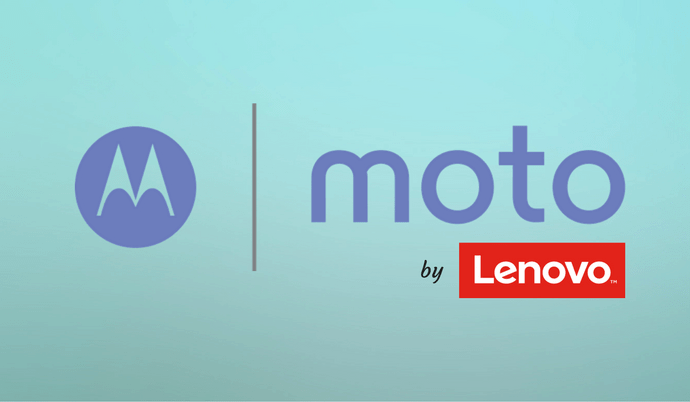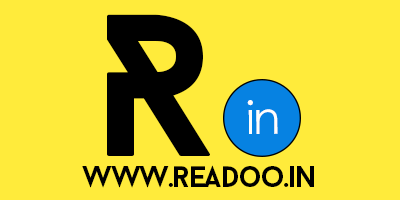Motorola History:
 A company with almost 90 years of history, products ranging from transmitters, receivers to cellular and GSM phones, they have done it all. Some notable products from Motorola are the Microprocessor that powered the initial wave of computers by Apple, IBM etc. MC68000, the first cellular phone DynaTAC_8000X, first GPRS phone, the evergreen RAZR line of phones, and the famous Six Sigma quality improvement process.
A company with almost 90 years of history, products ranging from transmitters, receivers to cellular and GSM phones, they have done it all. Some notable products from Motorola are the Microprocessor that powered the initial wave of computers by Apple, IBM etc. MC68000, the first cellular phone DynaTAC_8000X, first GPRS phone, the evergreen RAZR line of phones, and the famous Six Sigma quality improvement process.
We can keep on writing pages on the history and number of products and services from them. But that’s not what we’re here for. Long story short, Motorola mostly had a successful run in the mobile phone business till 1998, the year which Nokia overtook Motorola as the number one Mobile seller. And there were some ups and downs after that.
 With the overwhelming response for their RAZR flip phones, Motorola gained the number two spot again in 2005. Then Samsung, LG, Blackberry, Apple, and others entered the mobile phone business. And after a few years of continuous downfall in the Mobile phone business, slow in adapting to changes such as 3G and touchscreen, the company suffered a huge loss of $1.2 billion in 2007.
With the overwhelming response for their RAZR flip phones, Motorola gained the number two spot again in 2005. Then Samsung, LG, Blackberry, Apple, and others entered the mobile phone business. And after a few years of continuous downfall in the Mobile phone business, slow in adapting to changes such as 3G and touchscreen, the company suffered a huge loss of $1.2 billion in 2007.
Android Entry:
Then in 2008, Motorola changed to Android as it’s primary mobile OS and released Droid in 2009, which had a successful run against iPhone. Droid was also awarded as the phone of the year by Time. With that, Motorola started to capitalize in the Mobile business, once again through Droid RAZR and other smartphones, but still, it had to face tough competition from the likes of iPhone and Samsung. In 2011, Motorola was split into Motorola Solutions and Motorola Mobility. Let’s focus on Motorola Mobility. Google acquired Motorola Mobility later in 2011, for $12.5 billion, just to get the patents from the company.
Google acquisition:
The company changed a lot in a small amount of time. In 2013, Moto X was released. It was the first phone under Google’s ownership. The phone was well-received for its innovative software features such as Active Display, Touchless control with Google now and it also allowed the users to customize the phone via Moto Maker. Motorola focused on a few high-quality products and also promised fast updates and delivered those promises.
 Later the Moto G was released in 2013 and it was very popular in most countries, due to the budget pricing and wide availability. And then the company focused mostly on budget and lower priced phones such as Moto G2, Moto E and flagship phones such as Moto X and Moto Droid.
Later the Moto G was released in 2013 and it was very popular in most countries, due to the budget pricing and wide availability. And then the company focused mostly on budget and lower priced phones such as Moto G2, Moto E and flagship phones such as Moto X and Moto Droid.
The company had a very good year under Google, if not great. A lot of innovative products were announced during this short time. The most loved Android smartwatch Moto 360 was also announced during this time, for its circular design and Moto Hint, the first of its kind wireless Bluetooth earphone and a lot of other products. After a little over two years later, Google announced the sale of Motorola to Lenovo, surprising many critics and fans. And thus began the fourth era for Motorola.
Lenovo/Motorola:
 Lenovo acquired Moto for its own benefit, to get into the USA. So, Lenovo let them run the show. They won’t interfere with product development. But, the vision of Motorola had been clustered, once again. The product category slowly started expanding, further. Although following the roadmap laid down by Google, the company slowly started diverting its focus from quality to quantity.
Lenovo acquired Moto for its own benefit, to get into the USA. So, Lenovo let them run the show. They won’t interfere with product development. But, the vision of Motorola had been clustered, once again. The product category slowly started expanding, further. Although following the roadmap laid down by Google, the company slowly started diverting its focus from quality to quantity.
 Lenovo really had no idea what to do with Motorola, neither they do now. In the 3 years, the company has gone through so many changes. Motorola to Motorola by Lenovo, Motorola, and finally, Moto by Lenovo as of now. That shows the lack of vision and clarity that Lenovo has for Motorola.
Lenovo really had no idea what to do with Motorola, neither they do now. In the 3 years, the company has gone through so many changes. Motorola to Motorola by Lenovo, Motorola, and finally, Moto by Lenovo as of now. That shows the lack of vision and clarity that Lenovo has for Motorola.
In the past three years, the products started convoluting from Moto X, Moto G, Moto E to Moto X Style, Moto X Play, Moto Z, Moto Z Play, Moto Z Droid, Moto M, Moto G5, Moto G5 Plus, Moto G5S Plus, Moto E, Moto E Plus, Moto C and Moto C Plus. From 3 products – premium, mid-range and lower budget to 10 phones. And the Moto 360 smartwatch, Moto X lineups have been ignored.
 Not just that, the software updates have gone from very good to pathetic. Getting a software update from Motorola is as rare as a rightly priced iPhone, both never happens. And above all, the hardware quality is not up to the market standard. Ask any Moto user and they’ll tell you how bad their battery life is, after a year’s use. And the customer service is also getting worse each passing day.
Not just that, the software updates have gone from very good to pathetic. Getting a software update from Motorola is as rare as a rightly priced iPhone, both never happens. And above all, the hardware quality is not up to the market standard. Ask any Moto user and they’ll tell you how bad their battery life is, after a year’s use. And the customer service is also getting worse each passing day.
Through all these, a few things have gone in favor of Moto. The software hasn’t changed much, for good. The simple stock Android along with useful additional features make it good. Also, the company has tried to innovate with Moto Mods and Shatterproof displays, though it was not a great success, we should appreciate Lenovo and Moto for trying at least.
Lessons from Moto:
Moto relied too much on the success of particular products such as RAZR and Droids and did not focus on further innovation. They were also slow to adapt to latest technological changes such as 3G, LTE and so on. And after the take over by Lenovo, they are again back to square one – quantity over quality. Unless they change this, it will be tough for Moto to Survive in the competitive smartphone business.
The Future:
We’d love to see Moto focusing on few quality products rather than a wide range of products – that’s Samsung’s way, and only they can succeed. Products like Moto G5 Plus will do good, as they provide great value for money and the Moto X4 looks promising with the Android One branding. We look forward to seeing more such products from Motorola.












